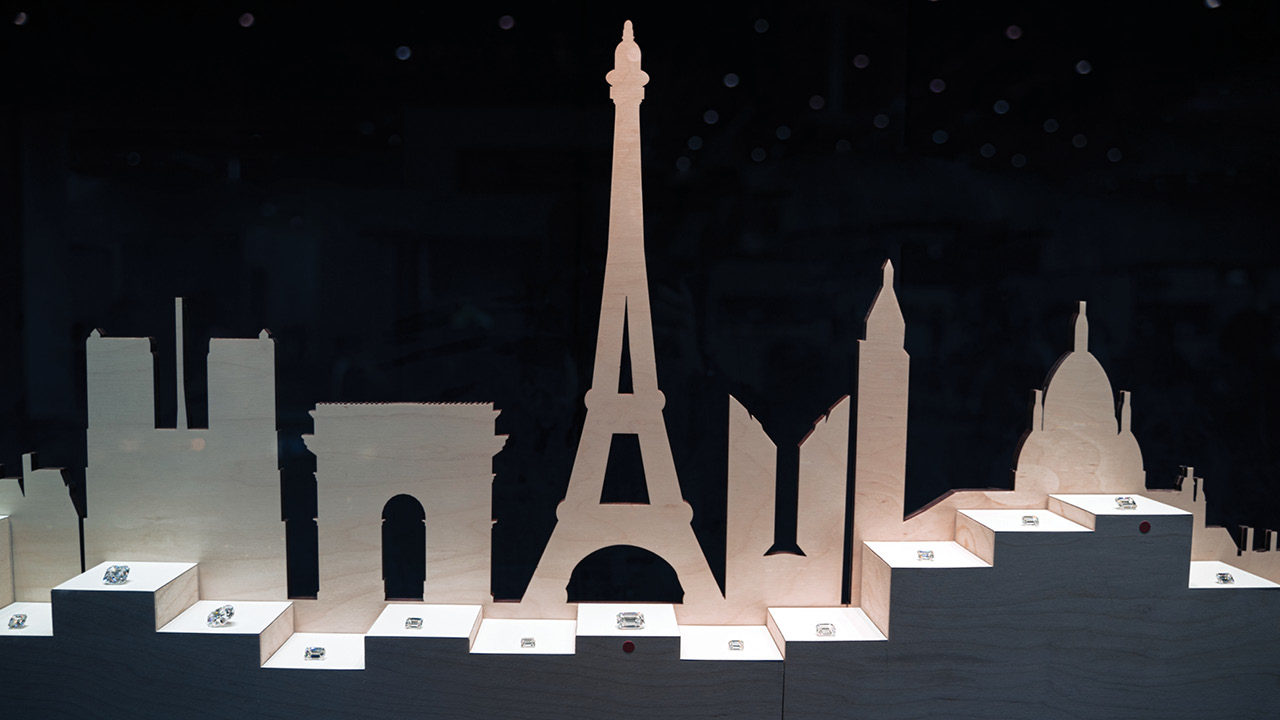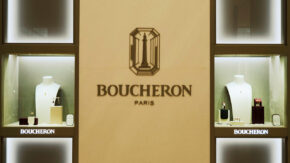GemGenève’s second show of the year enjoyed a jump in traffic, which bodes well for the top-tier gemstone and jewelry market.
A surge in visits to last month’s GemGenève show signaled strong orders despite global economic uncertainty.
More than 5,000 people attended the Swiss gem and jewelry fair’s fifth edition from November 3 to 6, according to preliminary figures from organizers — over 7% more than the previous event, which took place in May. There were also 176 exhibitors, slightly below May’s numbers.
“The market is very good,” GemGenève cofounder Thomas Faerber told reporters on the eve of the show, citing his own experiences this year with his company, the Faerber Collection, which specializes in exceptional gems and antique jewelry. “We have had a very good year so far. I am confident that this edition of GemGenève will be a successful one.”
The overall mood was optimistic at the event, which took place at Palexpo, near the Geneva airport. Exhibitors’ stands were busy from the outset, with vibrant networking going on throughout the fair. Impressive results at recent high-value jewelry auctions in Geneva helped boost spirits, as did the buoyant demand from the May show.
Back in the game
GemGenève emerged in 2018 just as premier Swiss watch and jewelry show Baselworld was falling into decline amid widespread criticism of its management. The early editions of GemGenève got off to a strong start, absorbing the diamond and gem suppliers that had previously attended the Basel fair.
After a lockdown-induced break, GemGenève has gathered momentum again and become a leading staple of the trade fair calendar for the market’s high end. It’s generally scheduled close to the Christie’s and Sotheby’s Magnificent Jewels auctions in Geneva, which bring the world’s leading jewelry and gem collectors to the city to deal in big-ticket items.
Following the success of May’s show, the exhibitors asked Faerber and fellow cofounder Ronny Totah to hold an encore event in early November, partially due to the absence of competing trade fairs in Asia during the final quarter of the year.

From diamonds to peridot
GemGenève stands out among trade shows because it is run by exhibitors for exhibitors. But even without professional event managers, it is extremely well organized, featuring side exhibitions and a sophisticated educational program with seminars from jewelry historians, industry leaders and influencers.
A vast array of exquisite diamond cuts, beautiful colored gemstones, and top-quality signed jewelry was on display at the November show. That last category ranged from Victorian and Art Nouveau pieces to the ever-popular Art Deco and the currently fashionable 1970s.

Dealers spoke of resilient demand for the rarest fancy-colored diamonds, internally flawless white diamonds, no-heat Burmese rubies and sapphires, no-oil or minor-oil Colombian emeralds, and signed antique jewelry from top maisons such as Cartier and Van Cleef & Arpels. The middle diamond and gemstone markets, however, are more vulnerable to softening demand if the global economy slows, they added.
On the diamond front, Hong Kong-based Kunming Diamonds offered exceptional fancy-colored specimens to meet the strong demand for top-quality pinks, blues and yellows.
“We’re feeling positive because everyone has been very energetic. There have been a lot of inquiries,” said Harsh Maheshwari, the company’s executive director. “There is a lot of potential for purchases by certain large European designers and brands that visited our stand. We’re excited that people could come and discuss diamonds in person. This was lacking in the last few years because of Covid-19.”
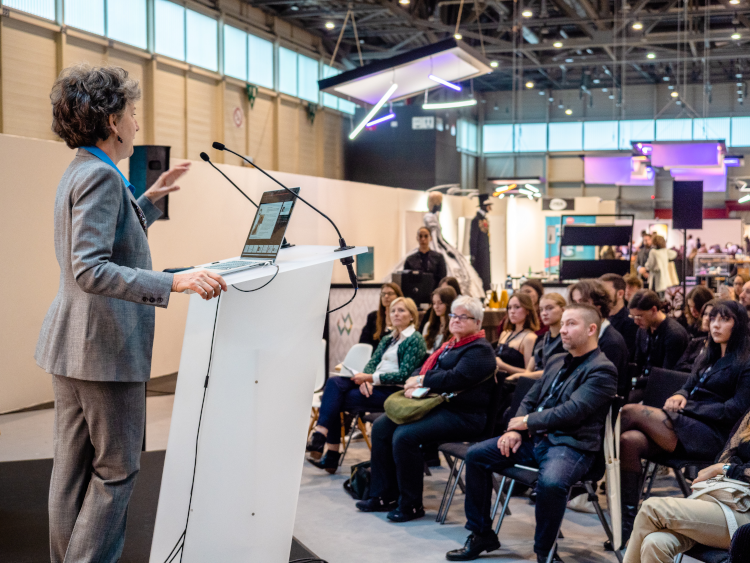
Meanwhile, diamond manufacturer Shree Ramkrishna Exports (SRK) laid out its plans to have zero carbon emissions by 2024. The Surat-based company is a leading producer of diamonds over 3 carats.
Among colored-stone suppliers, Jaipur-based Tank Fine Gems presented extraordinarily rare no-heat Burmese rubies and sapphires, as well as old Colombian emeralds with few inclusions. Natural pearls were also on offer, as were new cuts. Company owner Dharmendra Tank spoke of increasing opportunities for high-quality Mozambican rubies and Zambian emeralds to compete at the top end of the market with their respective Burmese and Colombian counterparts.
Going beyond the Big Three, gem supplier Fuli Gemstones had a selection of vibrant green peridot from its mine in northern China, which is currently under development. Production is expected to ramp up in 2023. Fuli also plans to step up its marketing campaign to raise awareness of peridot’s beauty, chief marketing officer Pia Tonna told Rapaport Magazine.

High design
GemGenève attracts many retailers looking to enrich their inventory, hailing from upmarket hubs like Bond Street in London and Place Vendôme in Paris. Buyers for Dior and Chopard were spotted among the crowd.
The show’s high-quality goods, organization and hospitality were the main draws for Nicholas Wainwright of Bond Street retailer Boodles. “We come every year,” he said. “We like the feel of GemGenève. This event has got all the right people exhibiting, the people we like. We’re compulsive buyers. It’s like going to a sweet shop. You can’t not spend money. We’re looking for something different. We’re looking for interesting stones. We bought a lovely Burmese ruby here, with no heat. We bought a 3.84-carat, greenish-yellow — but it looked green — diamond. We’re looking for things that are a bit more exciting.”
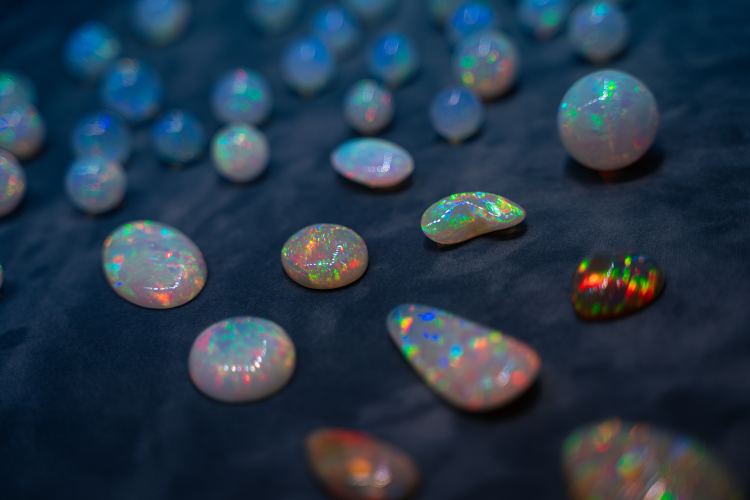
In that vein, there was the show’s Vivarium Quartet segment, consisting of jewelry designers Alexandra Jefford, Alix Dumas, Philippe Lauras and Elena Okutova. Jewelry historian and journalist Vivienne Becker curated this section, which joined both established and up-and-coming creators such as Sean Gilson, Alexander Tenzo and Wallis Hong in the fair’s designer area.
“Vivienne Becker helps independent designers to showcase their work,” explained Jefford, who was returning to the show for the third time. “The Vivarium is super prestigious. It’s very high-end. It’s small enough that you get noticed, and you make fantastic contacts here. For me as an independent jeweler, I can meet some fantastic gemstone dealers.”
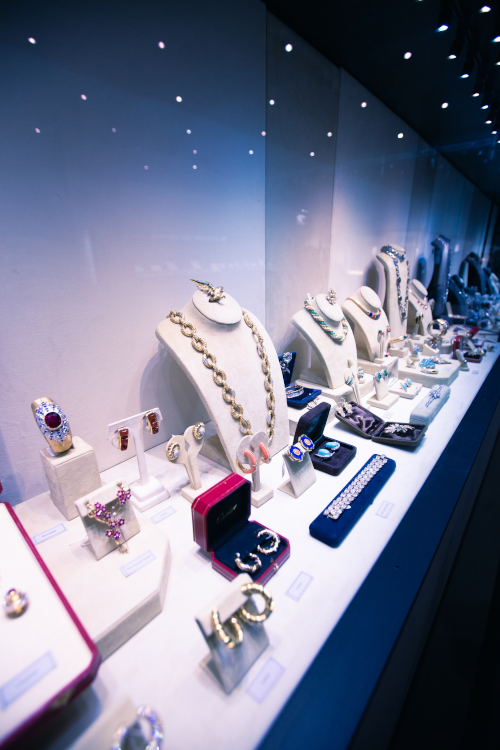
Fabergé and Ukraine’s finest
GemGenève’s educational program this time around included talks by industry experts about antique jewelry, as well as an exhibition of original Fabergé pieces.
While most people associate Fabergé with the Easter eggs that the Russian imperial family and other important patrons commissioned from the company, the Igor Carl Fabergé Foundation decided to present little-known and previously unseen items at the GemGenève exhibition, showcasing more than 100 pieces from private collections.
Meanwhile, nine Ukrainian jewelers presented their latest creations as part of the Strong & Precious project, which aims to popularize Ukrainian brands that have had their work disrupted by the war in their homeland. Alongside contemporary works by brands such as Inesa Kovalova, Nomis, Bevza, and Drutis Jewellery, the showcase featured antique jewels by Joseph Marchak, the most famous Ukrainian jeweler of the 20th century. As the main competitor to Fabergé, Marchak bore the nickname “the Cartier of Kyiv.”
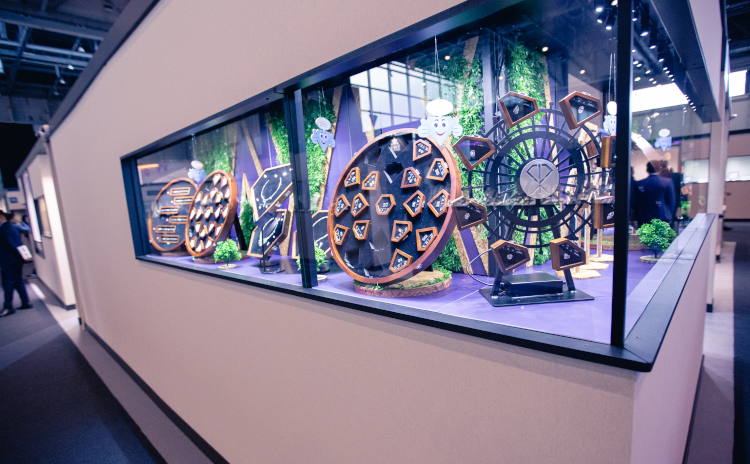
This was the second time the Ukrainian jewelry brands were presenting at GemGenève; the Strong & Precious program debuted at the May edition to high acclaim. The next GemGenève fair will take place in May 2023.
Voices from the fair
“I have seen this afternoon… [expressions] of beauty, quality and passion. GemGenève is distinguished for the beauty and quality of the gems and the quality of the cuts. At this event, although it is small, I saw many of the top experts of the gemstone and jewelry industry.”
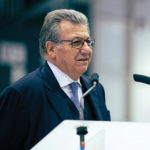
Gaetano Cavalieri
President, World Jewellery Confederation (CIBJO)“The colored-gemstone market has always had demand, because people love the different colors. People like to purchase beautiful jewelry creations with extraordinary color combinations. There is more demand for bespoke pieces, because everybody wants to be unique and to present themselves in a way that is different from everyone else. The high segment is doing very well, but as prices go up, you don’t find much really good stuff in the market, such as no-heat Burmese rubies and premium Colombian emeralds, which can be seen as investment stones.”

Jamshed
Manager, Pamir Gems“Because of ultra-high-net-worth individuals consuming more luxury goods, there will always be good demand for very high-end stones with no treatment or heat, irrespective of their origin. Zambian emeralds are doing quite well compared to Colombian, especially when it comes to ‘no-oil’ stones. For minor-oil emeralds, Colombian stones still have the advantage over Zambian. Burmese no-heat rubies are much sought-after.”
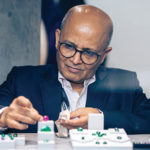
Dharmendra Tank
Owner, Tank Fine Gems“We are hopeful that the market will pick up in the coming months. China and the Far East are a little bit quiet. The United States, with inflation issues and interest rates increasing, is also a little bit quiet. But what we see is that the market can only go up from here. It cannot get worse. Emerald cuts, ovals and pear shapes are doing very well.”
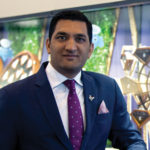
Shreyans Dholakia
Brand custodian, Shree Ramkrishna Exports (SRK)“The market is quite strong, actually. There has been very limited supply that we are facing right now, because of the shortage of goods and [the] high demand. For certain [diamond] colors, the prices have really held up. Mostly in pinks; in blues, there has been a lot more popularity in the auctions. You have some exotic colors with vivid saturations in greens, purples and oranges. Prices [for yellow] have steadily gone up this year, but looking at the economic volatility, we are still cautious for the upcoming quarter.”

Harsh Maheshwari
Executive director, Kunming Diamonds“What I am looking for is a strong, well-defined, individual creative vision. I look for a certain level of sophistication in craftsmanship. I like to have a huge range, to show versatility. I like the designers to be very different from one another, to show the sheer breadth of creativity that we have in the jewelry world. Among jewelry design trends, there is a move toward modernism – a move away from figurative fantasies and away from figurative storytelling. Storytelling is still very important. There is a move toward emotive storytelling…. Instead of representing just a flower, we are seeing designs that evoke the emotional feeling that we have when we see a flower.”
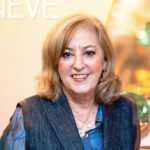
Vivienne Becker
Jewelry historian, journalist, and curator of Vivarium QuartetMain image: Diamonds on display at Taché. (David Fraga/GemGenève)
